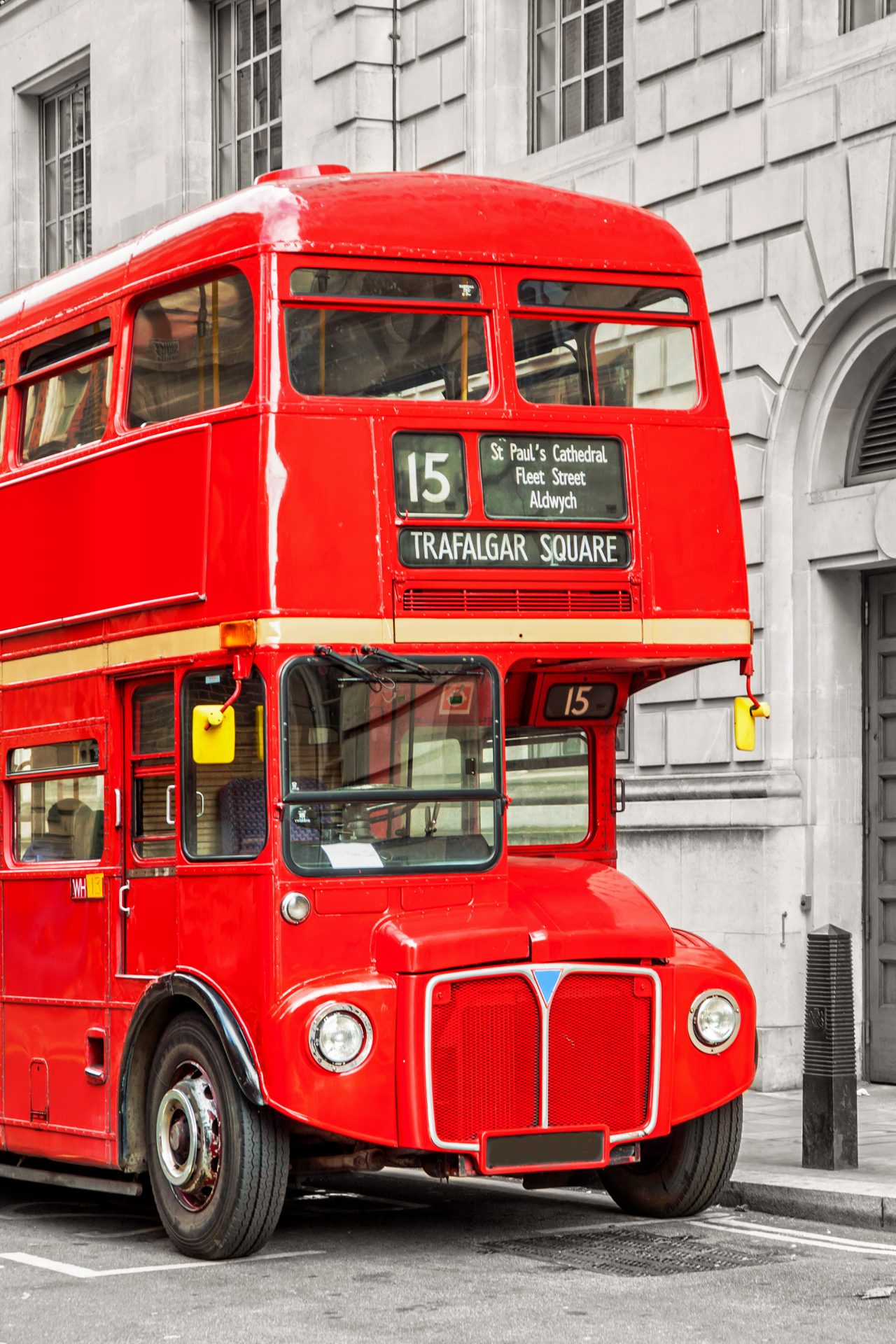How did the numbering of London bus routes start?
As you might expect the origins and evolution of numbering London bus routes is not entirely logical. The numbering was entirely unplanned, and it initially evolved over time without any co-ordination, control or order.
The early 19th century saw the arrival of the omnibus (automotive public vehicle carry a large number of passengers). Prior to the omnibus the only road vehicles for public hire were four wheeled coaches called hackneys (horse drawn coach). Public transport in London was operated under license with multiple independent companies obtaining licenses to operate particular routes. In many cases there were multiple companies operating services on the same route and competition for passengers was fierce.
How did people recognise their bus route before numbering you may ask?

Before route numbering passengers would recognise their bus by their distinctive colour and route name (usually the name of the last stop of the route). Route numbering was started by the London Motor Omnibus Company in 1906. Other operators soon realised numbers were easier for the public to remember and the practice caught on. For another 18 years independent operators continued to simply choose the numbers themselves, there was no universal system in place.
So who standardised London bus route numbering?
The London Traffic Act, introduced in 1924, strangely handed the responsibility for bus operation to the Metropolitan Police. One of the Act’s directives was to develop, allocate and manage a numbering scheme for all London bus routes. A numbering scheme was developed which was based on the type of buses that serviced a route. Double-decker bus routes were numbered 1 to 199; single-decker routes from 200; and trolleybuses from 500. The scheme was known as the Bassom Scheme, after the then Chief Constable of the Metropolitan Police (A. E. Bassom).
In 1933 the London Passenger Transport Board was formed. Numbering routes and operation of the bus network returned to the people who worked in the transport industry. The route numbering system was revised by the new transport board, however, historic route numbers remained. It was during this period that the iconic Routemaster London bus arrived on the streets of London. The Routemaster displayed route numbers and destinations on rolls at the front of the bus. These rolls are known as bus blinds which were originally made of linen with screen printed numbers and destinations.
Todays London bus route numbers
Transport for London (TFL) is the current organisation in charge of London’s transport network. They try to work sympathetically with the past when numbering new London bus routes. An example of this is the history of the 207 bus, which can be traced back to Tram 7 between Uxbridge and Shepherd’s Bush Green. The tram was replaced by trolleybus 607 in 1936 (the ’60’ coming from the Bassom Scheme), and subsequently by ‘motor’ bus 207 in 1960.
Today’s 207 is the fifth busiest route in London and runs between Southall and White City bus station.
Currently there are approximately 700 London bus routes with 19,000 bus stops being serviced by over 8,000 buses and carrying over 6.5 million passengers a day.
